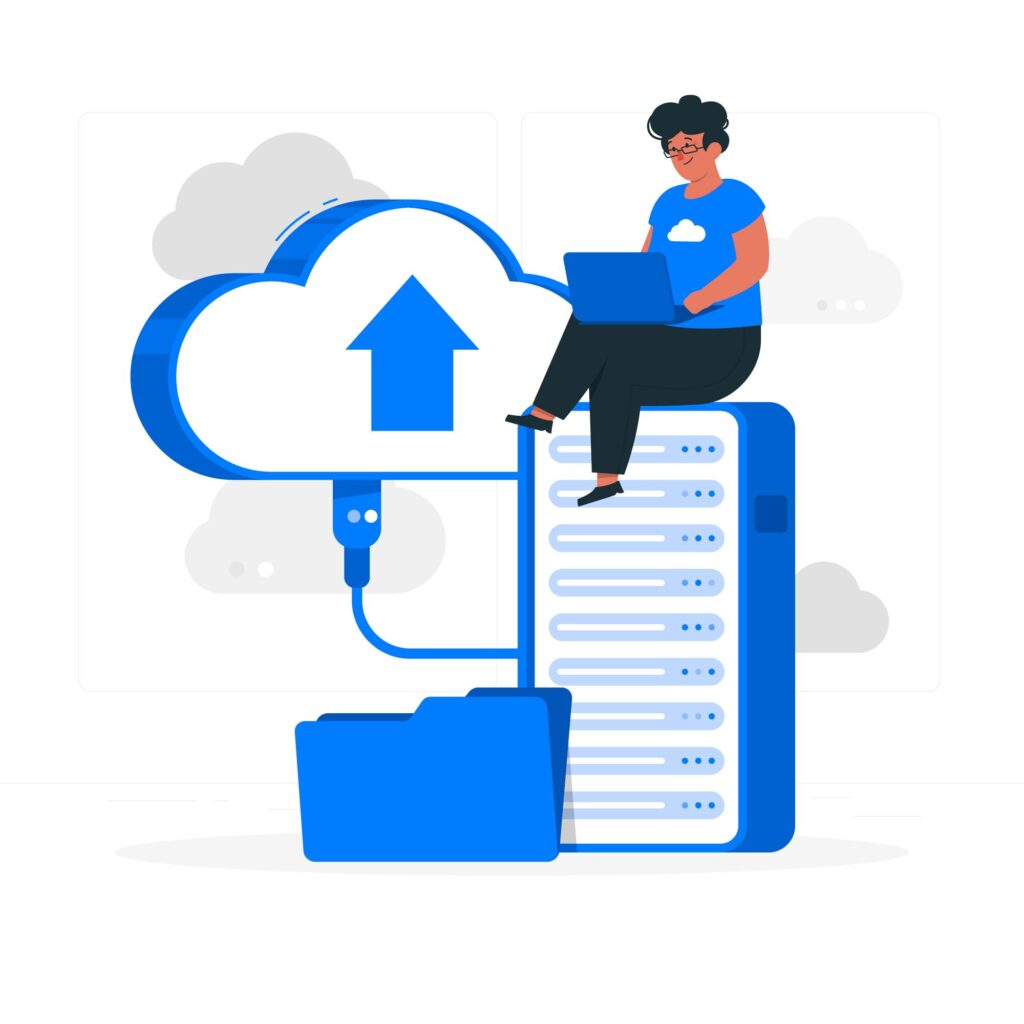![]()
How many times have Technical Project Managers (TPMs) – Project Manager (PM) found themselves in a situation where they must handle unexpected technical issues across multiple cloud projects? These challenges demand a structured, proactive, and often cross-functional approach. For example, consider this: a critical cloud service experiences an unexpected outage, causing unplanned downtime and ripple effects across dependent applications. Or, mid-sprint, a newly released API update introduces breaking changes to your production workloads. Suddenly, error rates spike, and user experience suffers. You might also encounter performance degradation due to unoptimized scaling policies, misconfigured infrastructure-as-code deployments affecting multiple environments, or a security vulnerability requiring immediate patching and stakeholder communication. These situations are not only disruptive, yet they test a TPM’s ability to lead with calm, coordinate across silos, and steer effected teams toward rapid resolution while minimizing impact. Leaning on my personal experience as a TPM and some research I’ve conducted, I’ve gathered some thoughts, here’s a synopsis of my thought process:
Keep Stakeholders Informed – Communicate proactively with leadership, clients, and affected teams. Maintain transparency through timely and concise incident updates, including root cause insights (as appropriate) and resolution timelines. Tailor your messaging to your audience, avoid technical jargon when speaking with non-technical stakeholders and focus on business impact and next steps. Establish a rhythm of updates such as every 30 or 60 minutes during an active incident, to build trust and reduce uncertainty.
Prioritize Issues Based on Impact – Assess the severity and impact of each issue on business operations – Risk Analysis – Use a risk matrix to determine critical vs. minor problems – Focus on issues affecting production systems first and so on.
Establish a Rapid Response Team – Have a dedicated escalation process and assign SMEs (Subject Matter Experts) to specific areas – Implement an on-call rotation to ensure coverage 24/7 – Foster a culture of accountability and fast decision-making.
Leverage Automation for Issue Resolution – Automate remediation for known issues such as auto-scaling, self-healing scripts – Use Infrastructure as Code (IaC) to quickly redeploy to affected environments – Implement CI/CD pipelines with rollback mechanisms
Implement Real-Time Monitoring & Alerts – If it is not already deployed – Utilize cloud-native monitoring tools i.e. Azure Monitor, AWS CloudWatch, GCP Stackdriver – Set up automated alerts to detect anomalies before they escalate – Maintain centralized logging such as Splunk, ELK Stack for quick diagnostics.
Conduct Post-Mortem Analysis – After resolving the issue, perform a root cause analysis (RCA). Document lessons learned and update SOPs to prevent recurrence – Continuously improve system resilience through testing and scenario planning.

